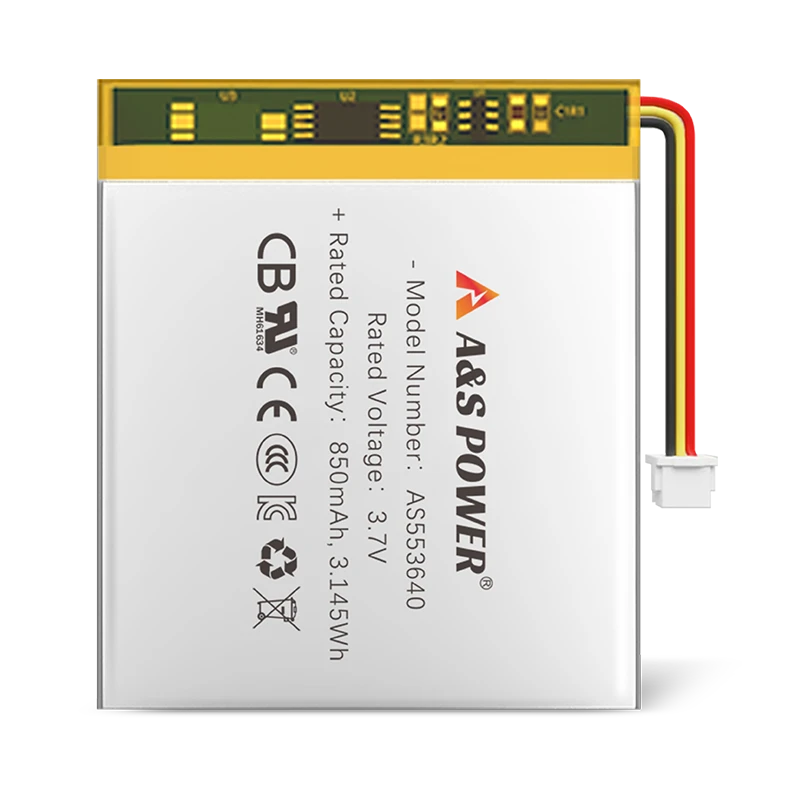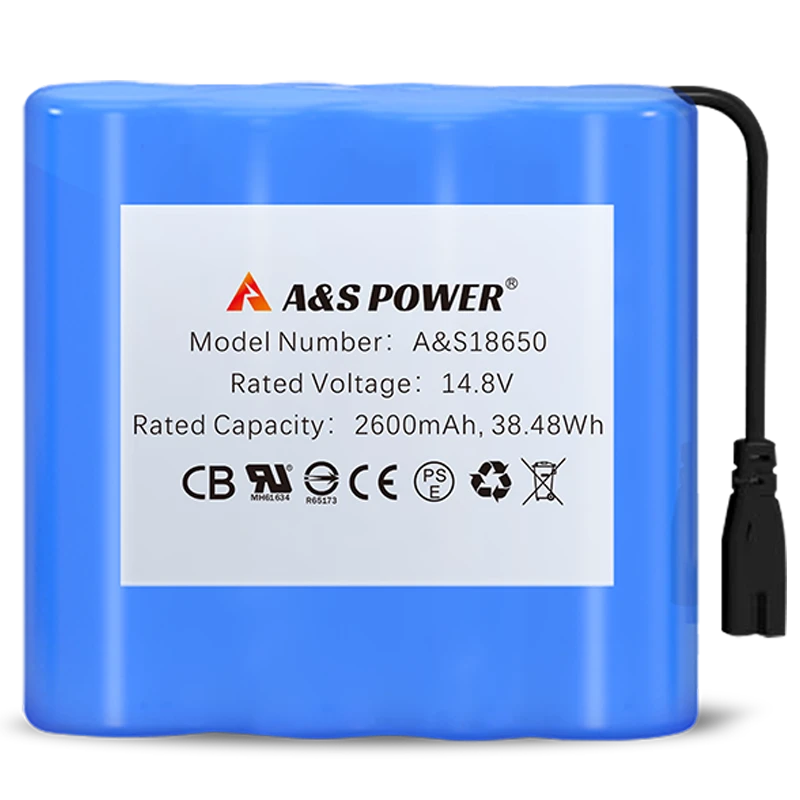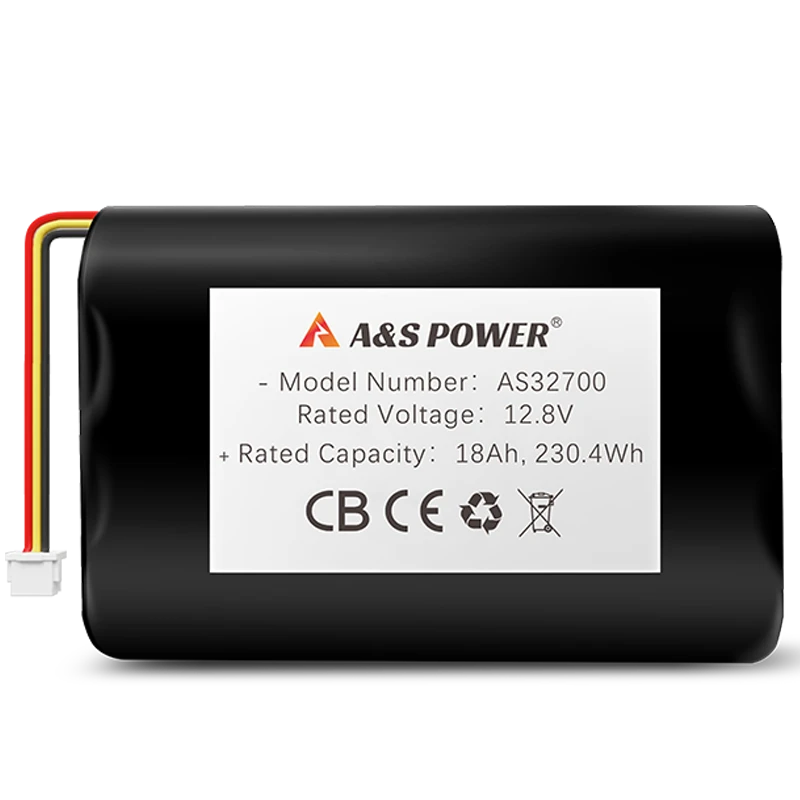What are the advantages of lithium iron phosphate battery?
What Are the Advantages of Lithium Iron Phosphate Batteries? The Future of Energy Storage
Lithium iron phosphate (LiFePO4 or LFP) batteries have emerged as the leading solution for energy storage across industries, from electric vehicles to renewable energy systems. With the global LFP battery market projected to grow at a CAGR of 25% through 2030, reaching $130 billion, these batteries offer unparalleled advantages in safety, longevity, and cost-effectiveness compared to traditional lithium-ion chemistries. This comprehensive guide explores the technical, economic, and environmental benefits that make LFP batteries the preferred choice for modern applications.
Unmatched Safety and Stability
1. Thermal and Chemical Stability
LFP batteries are renowned for their exceptional safety profile, making them ideal for high-risk applications:
- Thermal Runaway Resistance: Withstands temperatures up to 270°C before decomposition begins (vs. 150-180°C for NMC batteries) ,No Oxygen Release: Unlike cobalt-based batteries, LFP does not release oxygen during thermal events ,Stable Chemistry: The strong P-O bond in the cathode material prevents structural collapse
Table 1: Safety Comparison Between Battery Chemistries
| Parameter | LFP | NMC | Lead-Acid |
|---|---|---|---|
| Thermal Runaway Risk | Extremely Low | Moderate-High | Low |
| Flammability | Non-flammable | Flammable | Non-flammable |
| Toxic Materials | None | Cobalt, Nickel | Lead, Acid |
| Explosion Risk | None | Moderate | Low |
2. Built-in Safety Mechanisms
Modern LFP batteries incorporate multiple protection layers:
- No Thermal Runaway Propagation: Cell-to-cell fire spread is virtually impossible,No Metallic Lithium Plating: Eliminates dendrite formation risks,Stable Electrolyte: Less reactive than conventional lithium-ion electrolytes
3. Real-World Safety Performance
Industry data confirms LFP's superior safety record:
- 0.02 incidents per million cells (vs. 1.2 for NMC) ,95% lower fire risk compared to conventional lithium-ion ,No recorded EV fires in LFP-powered vehicles (Tesla Model 3 Standard Range)
Exceptional Longevity and Performance
4. Cycle Life Advantages
LFP batteries outperform all mainstream alternatives in lifespan:
- 6,000-10,000 cycles at 80% depth of discharge (DoD) ,3,000-5,000 cycles at 100% DoD (unprecedented for lithium batteries) ,Calendar life of 15-20 years in stationary storage applications
5. Depth of Discharge Capability
LFP batteries can be deeply discharged without degradation:
- 100% DoD capability (no capacity loss) ,80% DoD recommended for optimal lifespan ,50% more usable energy than lead-acid batteries
6. Temperature Performance
LFP operates effectively across wide temperature ranges:
- -20°C to 60°C operating range ,80% capacity retention at -20°C ,No performance degradation at high temperatures up to 60°C
Economic and Environmental Benefits
7. Lower Total Cost of Ownership
LFP batteries deliver superior economics over their lifespan:
- **0.08/kWh∗∗levelizedcost(vs.0.15 for NMC) ,5-7 year payback for solar storage systems ,40-60% lower 10-year costs compared to alternatives
Table 2: 10-Year Cost Comparison (10kWh System)
| Cost Factor | LFP | NMC | Lead-Acid |
|---|---|---|---|
| Initial Cost | $6,000 | $5,500 | $3,500 |
| Replacement Costs | $0 | $5,500 | $10,500 |
| Maintenance | $0 | $500 | $2,000 |
| Energy Losses | $200 | $500 | $1,500 |
| Total 10-Year Cost | $6,200 | $12,000 | $17,500 |
8. Environmental Sustainability
LFP batteries offer significant ecological advantages:
- Cobalt-free composition eliminates ethical mining concerns ,95% recyclable materials (vs. 30% for lead-acid) ,40% lower carbon footprint than NMC batteries ,Non-toxic materials safe for landfill disposal (though recycling preferred)
9. Regulatory Compliance
LFP batteries meet all major international standards:
- UL 1973 (Stationary Storage) ,IEC 62619 (Industrial Applications) ,UN 38.3 (Transportation Safety) ,GB/T 36276 (Chinese Standards)
Application-Specific Advantages
10. Electric Vehicles
LFP is transforming the EV industry:
- Tesla: 62% of Standard Range vehicles now use LFP ,BYD: 100% of Blade Battery systems are LFP ,Commercial Vehicles: Ideal for buses and trucks due to long lifespan
11. Renewable Energy Storage
LFP dominates solar and wind applications:
- 98% round-trip efficiency (vs. 80% for lead-acid) ,20-year lifespan matches solar panel longevity ,Scalability from 5kWh home systems to 100MWh grid installations
12. Industrial and Marine Use
Specialized benefits for demanding environments:
- Vibration resistance for heavy equipment ,Corrosion resistance in marine applications ,Maintenance-free operation for remote installations
Future Developments and Market Outlook
13. Energy Density Improvements
New LFP formulations break traditional limits:
- 200Wh/kg achieved in CATL's new cells ,280Wh/kg in prototype "condensed" batteries ,Silicon anode integration for 300+ Wh/kg
14. Manufacturing Innovations
Production advances driving costs down:
- Dry electrode processing reduces energy use by 30% ,Cell-to-pack technology increases density by 25% ,Localized production in North America and Europe
15. Market Growth Projections
LFP's expanding dominance:
- EV Market: 45% share projected by 2027 ,Energy Storage: 80% of new installations by 2025 ,Global Capacity: 2,000GWh annual production by 2030
Conclusion
Lithium iron phosphate battery and lithium manganate, lithium cobalt acid, ternary lithium battery is the same branch of lithium ion battery, its performance is mainly suitable for power applications, then called lithium iron phosphate power battery, also known as lithium iron battery. Therefore, the advantage of lithium iron phosphate battery mainly refers to its comparison with other batteries in power applications. In this sense, it will be mainly compared with ternary lithium battery and lead-acid battery comparative advantages.
1. High temperature resistance advantage compared with ternary lithium battery.The high temperature performance of Lifepo4 battery is better, which can withstand the high temperature of 350°C~500°C, while lithium manganate /lithium cobalt oxide usually only has about 200°C, and the material of modified ternary lithium battery will decompose at 200°C.
2.three of the "elderly" -- absolute advantage of long life. The cycle life of lithium iron phosphate battery is longer than that of lead acid battery and ternary lithium battery. The "long life" of lead-acid batteries is only about 300 times, up to 500 times. Ternary lithium battery can reach 2000 times in theory, but the capacity will decline to 60% when applied to 1000 times in practice. However, the real life of the lithium iron phosphate battery is up to 2000 times, at this time there is still 95% capacity, and its conceptual cycle life is more than 3000 times.


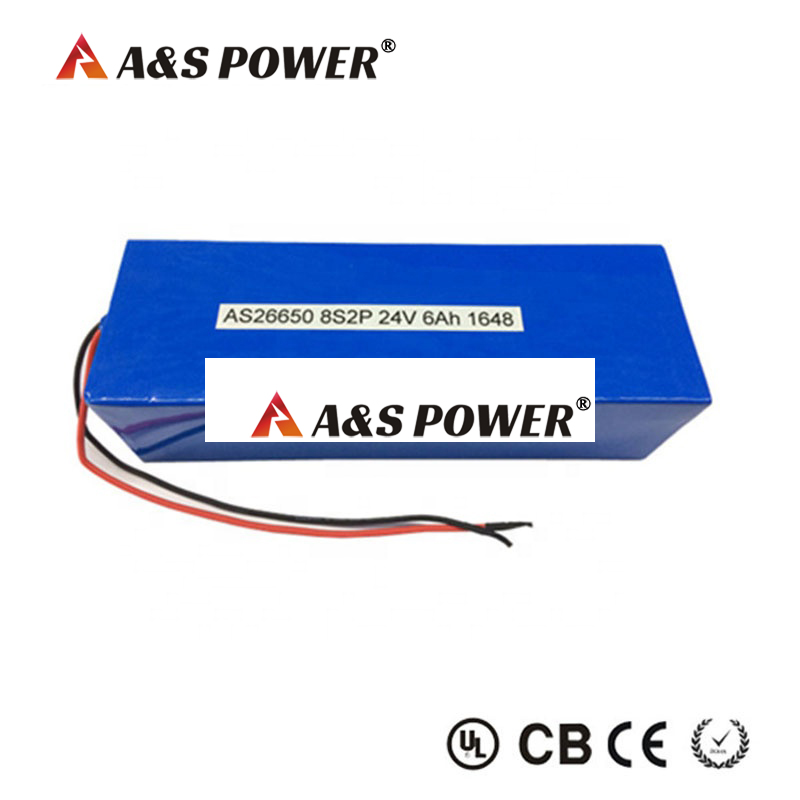

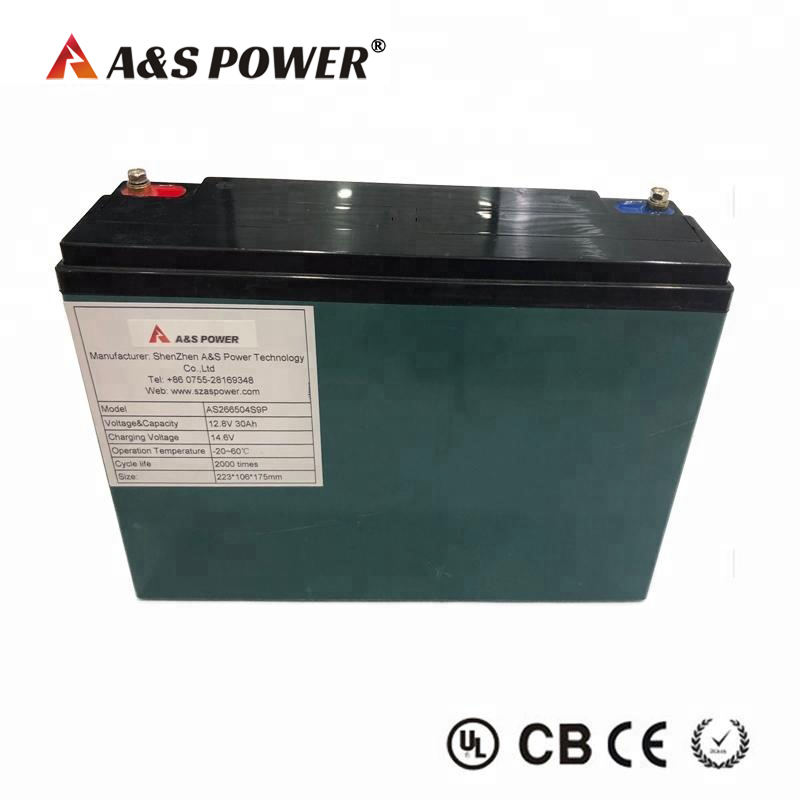
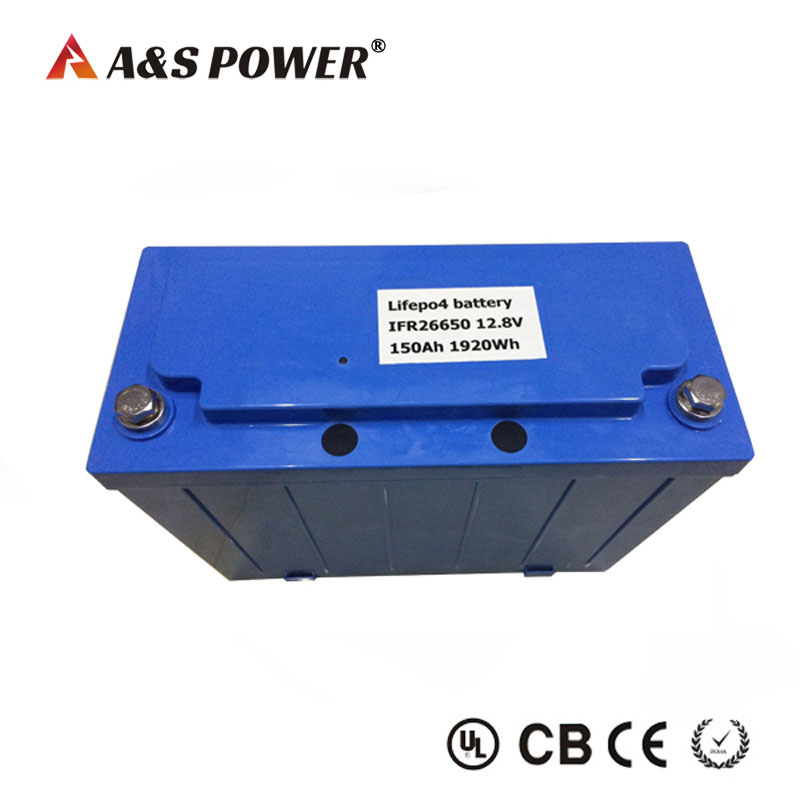
It has many advantages over lead-acid batteries
a.The single cell can be made into 5Ah~1000Ah (1Ah = 1000mAh), while the 2V cell of lead-acid battery is usually 100Ah~150Ah, with small variation interval.
B. Light weight. A lithium iron phosphate battery of the same capacity is two-thirds the size and one-third the weight of a lead-acid battery
c. Quick charging ability is strong. The starting current of lithium iron phosphate battery can be up to 2C, realizing high rate charging. The current of lead-acid battery is generally required to be between 0.1c and 0.2c, so the quick charging performance cannot be achieved
d. Environmental protection. Lead acid battery has a large amount of heavy metal - lead, produce waste liquid, and lithium iron phosphate battery does not contain any heavy metal, in the production and use are pollution-free
e. High cost performance. Although lead-acid batteries are cheaper than lithium iron phosphate batteries due to their low cost of materials, they are less economical than lithium iron phosphate batteries in terms of service life and daily maintenance. Practical application results show that the cost performance of lithium iron phosphate battery is more than 4 times that of lead acid battery.
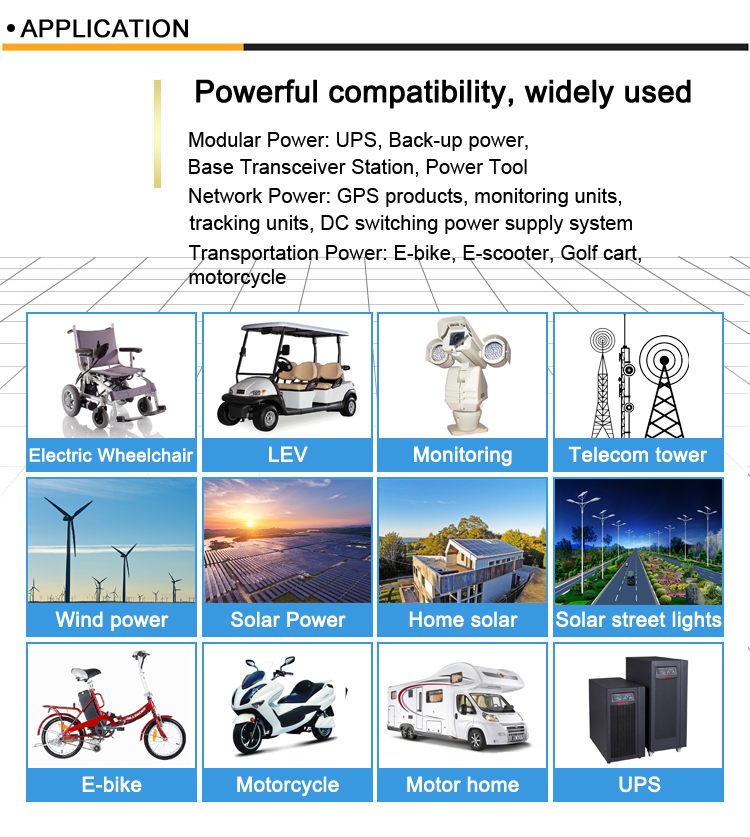
Lithium iron phosphate battery application scope is mainly manifested in the direction of power, but also in theory can be extended to more areas, it is by the comparison of the various advantages, if in such aspects as energy density and the discharge ratio do ascend, traditional into other types of lithium ion battery application field is also possible
-

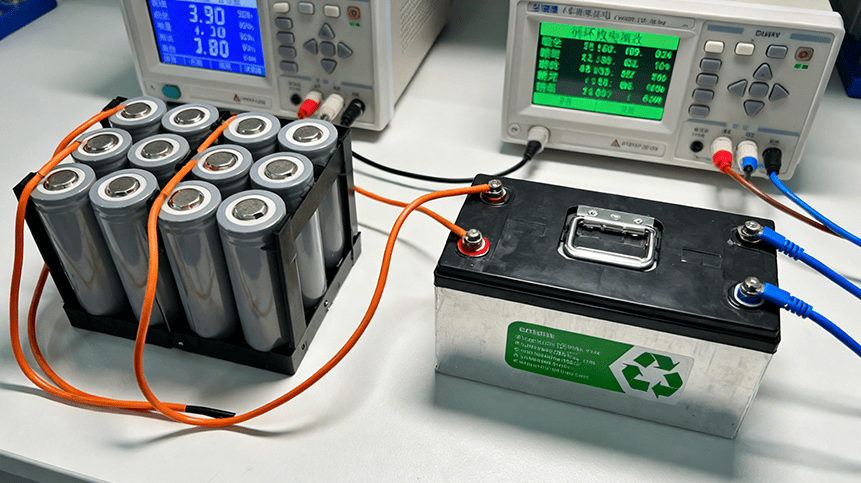 May.2025.11.24Ternary Lithium Battery vs Lithium-ion: Complete Comparison Guide (2025 Edition)Learn More
May.2025.11.24Ternary Lithium Battery vs Lithium-ion: Complete Comparison Guide (2025 Edition)Learn More -

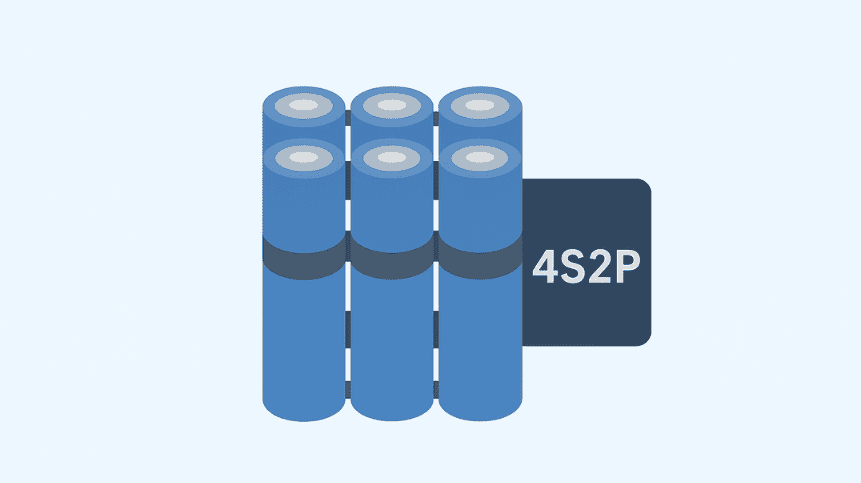 May.2025.11.214S2P 18650 14.8V Battery: Complete Technical Guide, Specs, Applications & SafetyLearn More
May.2025.11.214S2P 18650 14.8V Battery: Complete Technical Guide, Specs, Applications & SafetyLearn More -

 May.2025.11.18PCM vs BMS in Lithium Batteries: What’s the Difference and Which One Do You Need?Learn More
May.2025.11.18PCM vs BMS in Lithium Batteries: What’s the Difference and Which One Do You Need?Learn More -

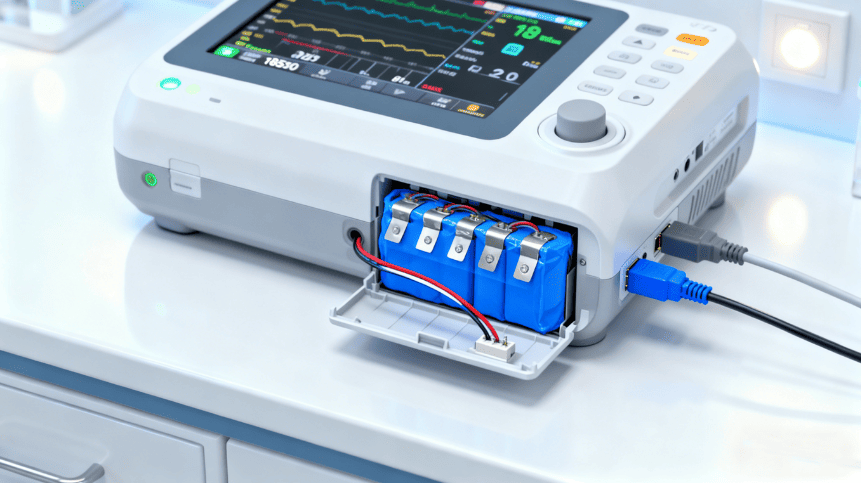 May.2025.11.17Custom Li-ion Battery Design for Medical Devices (2025 Comprehensive Guide)Learn More
May.2025.11.17Custom Li-ion Battery Design for Medical Devices (2025 Comprehensive Guide)Learn More -

 May.2025.11.17The Future of Lithium-Ion Batteries: Innovation, Sustainability, and Global Market TrendsLearn More
May.2025.11.17The Future of Lithium-Ion Batteries: Innovation, Sustainability, and Global Market TrendsLearn More




